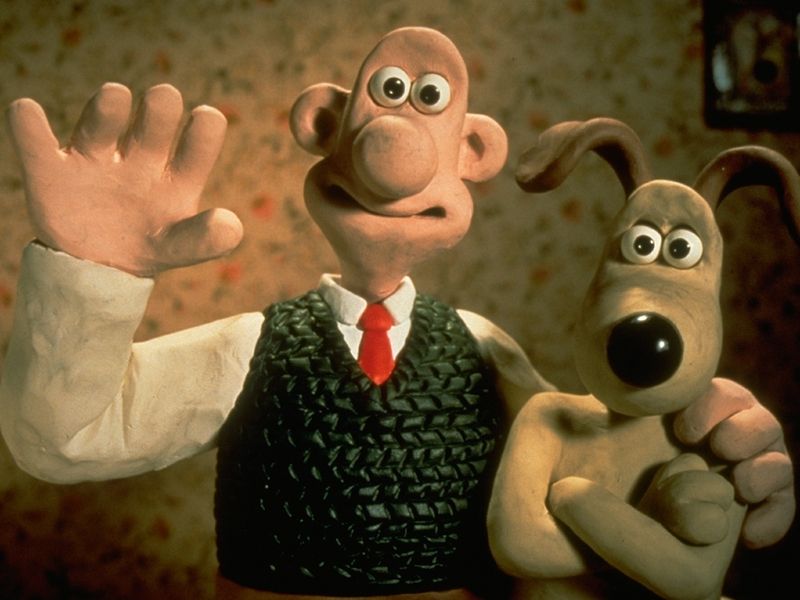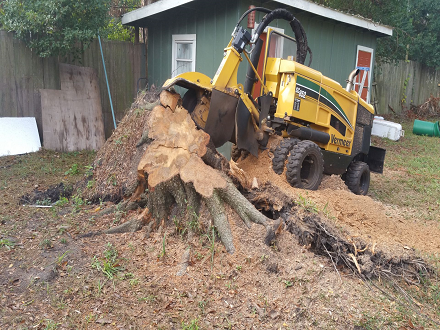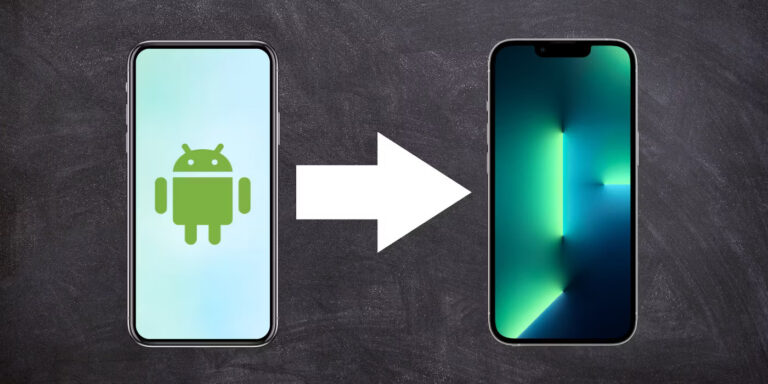Creating a basic clay animation is an engaging and rewarding process that blends art, storytelling, and technology. This beginner’s guide will walk you through the steps to create your clay animation, ensuring you understand the essentials of this timeless craft. We’ll also discuss how integrating different animation styles, like cost-effective whiteboard animation services, can complement your creative projects.
Understanding Basic Clay Animation
Basic clay animation, also known as claymation, is a form of stop-motion animation that uses clay figures to produce lifelike movements. Each frame is photographed and then played sequentially to create the illusion of motion. This technique has been popularized by films like “Wallace and Gromit” and “Chicken Run,” captivating audiences with unique charm and whimsical characters.
Materials You’ll Need
- Non-drying clay: Choose multiple colors to bring your characters to life.
- Wire: To create armatures that provide structure and flexibility to your clay figures.
- Camera: A DSLR, smartphone, or webcam can work.
- Stop-motion software: Software options range from beginner-friendly apps to professional-grade programs.
- Lighting: Consistent lighting is crucial for maintaining the continuity between frames.
Crafting Your Clay Characters
- Design Your Characters: Start with simple designs. Sketching your characters before sculpting can help visualize the end product.
- Build Armatures: Use wire to create a skeleton for your characters. This adds stability and allows for easier movement.
- Sculpt with Clay: Cover the armature with clay, shaping your character. Remember, simplicity is key for your first project.
Setting Up Your Animation Space
- Create a Background: Use cardboard or fabric to create a scene for your characters.
- Secure Your Camera: Ensure your camera is stationary. A tripod is helpful to avoid unintentional movement between shots.
- Light Your Scene: Soft, diffused lighting reduces harsh shadows and clarifies your animation.
The Animation Process
- Plan Your Scene: Storyboard your animation. Even a basic outline helps keep your story coherent.
- Capture Frames: Move your character slightly between each shot. Small movements create smoother animation.
- Use Software: Import your frames into stop-motion software to compile them into a video.
Tips for Successful Animation
- Patience is Crucial: Animation takes time. Work slowly to ensure quality.
- Consistency: Keep your character’s size and shape consistent between frames.
- Experiment: Feel free to try different expressions and movements.
Integrating Other Animation Styles
While mastering basic clay animation, exploring other animation styles can enhance your storytelling. For instance, cost-effective whiteboard animation services can add explanatory or narrative segments to your project without complex setups or additional clay models. This combination can diversify your animation skills and expand your creative toolkit.
Post-Production and Sharing Your Work
After completing your animation, post-production is the next step. This phase involves editing your footage, adding sound effects, music, and possibly voiceovers. Software like Adobe Premiere Pro or even more accessible programs like iMovie can help you polish your final product.
Sharing Your Animation
- Social Media: Platforms like Instagram, YouTube, and TikTok are great for reaching wide audiences.
- Animation Forums: Share your work with like-minded creators for feedback and inspiration.
- Film Festivals: Look for festivals that accept short animations from beginners.
Final Thoughts
Creating basic clay animation is a process filled with learning and creativity. It requires patience, practice, and passion, but the reward is seeing your characters come to life through your storytelling. Remember, every animator starts somewhere, and each project brings new insights and skills. By integrating various animation styles, like leveraging cost-effective whiteboard animation services, you can produce rich, engaging content that stands out. So gather your materials, let your imagination lead the way, and embark on the rewarding journey of clay animation.



















